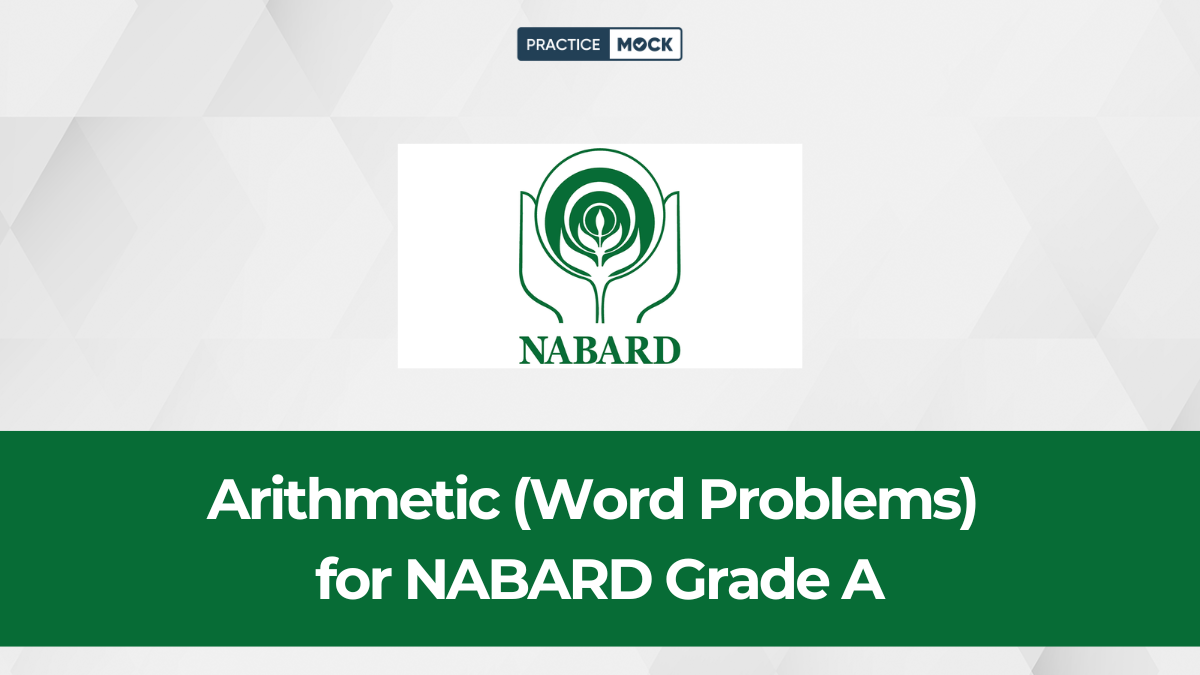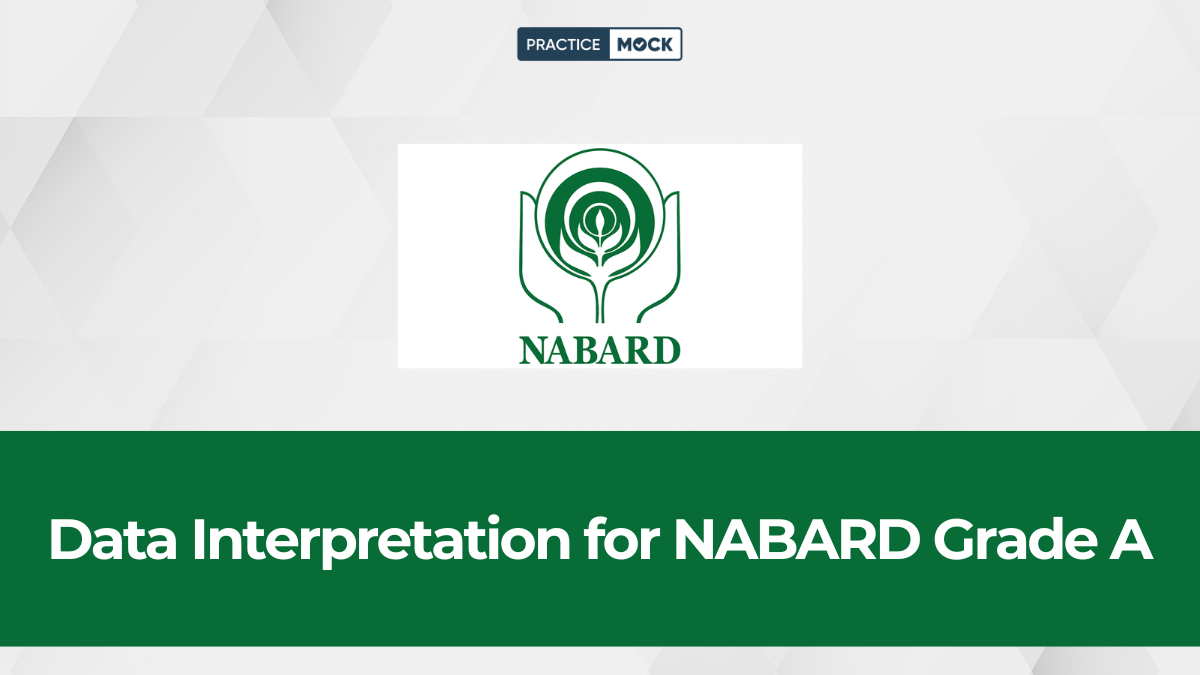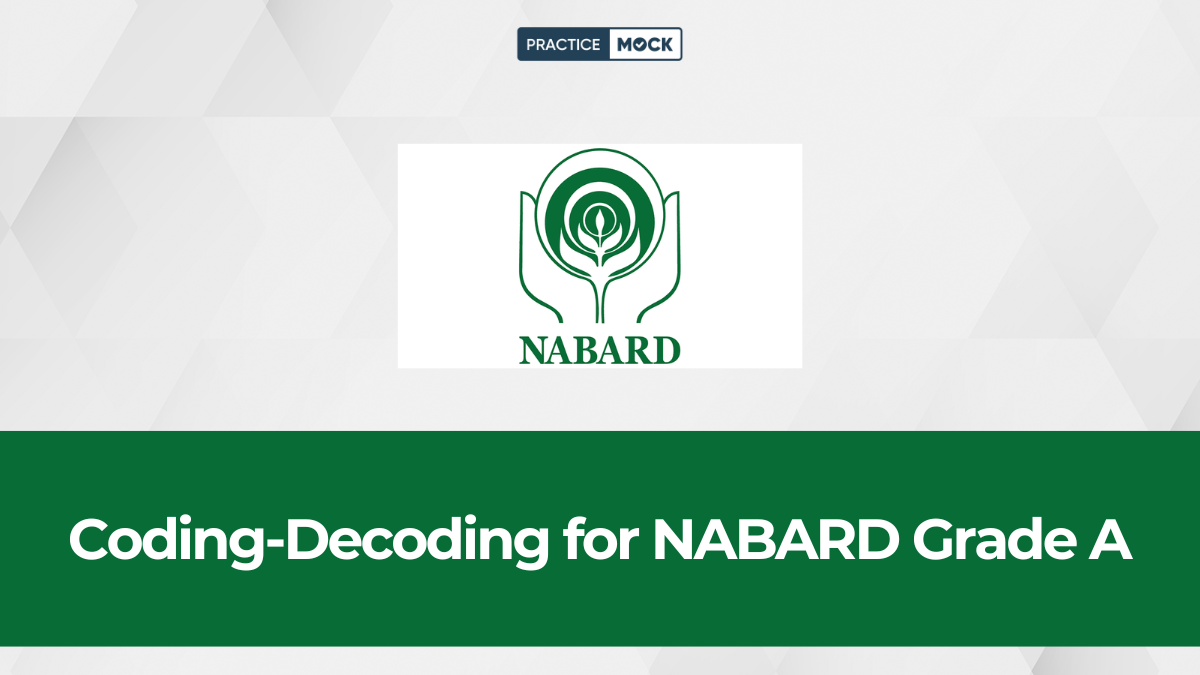Soil & Water Conservation for NABARD Grade A 2025


Topics like Soil & Water Conservation cannot simply be ignored if you’re preparing for NABARD Grade A. This topic is not just scoring but is also super relevant to NABARD’s mission of sustainable rural development. Whether you’re from an agriculture background or not, you need to have a good grasp of this topic. Soil erosion” or “watershed management” might sound boring at first, but once you understand their role in farming and rural livelihood, they start to make sense. The best part about this topic is that the questions asked are mostly conceptual and scheme-based, which means with the right strategy, you can easily master this.
In this article we’ll discuss the importance of soil & water conservation for NABARD Grade 2025.
Soil & Water Conservation for NABARD Grade A 2025
Using clever methods to maintain soil fertility, lessen erosion, and save water for sustainable agriculture is the main goal of soil conservation. Two of our most basic yet valuable natural resources are soil and water. However, both are deteriorating more quickly than we know for a number of reasons, including deforestation, overgrazing, poor farming methods, and climate change. This subject frequently appears in both the preliminary and main stages. NABARD is deeply involved in promoting sustainable rural practices.
Why Soil & Water Conservation is Important for Rural India
55% of India’s population is engaged in farming. Rural India still largely depends on agriculture. And agriculture depends heavily on healthy soil and adequate water. Therefore, the farmer suffers when these supplies deteriorate. Conserving soil contributes to agricultural productivity, fertility, and a decrease in fertilizer use. Particularly in regions that are vulnerable to drought, conserving water guarantees that there is adequate water for home use, livestock, and irrigation.
Programs like Per Drop More Crop and the Watershed Development Programme demonstrate how the government is pursuing this goal and why you, as a prospective NABARD officer, must be well-versed in it.
Key Topics to Cover in Soil & Water Conservation
| Topic | What’s Important |
|---|---|
| Types of Soil Erosion | IWMP, PMKSY, Soil Health Card, NMSA—features, objectives, implementation strategy |
| Soil Conservation Methods | Contour ploughing, terracing, strip cropping, afforestation |
| Water Harvesting Techniques | Farm ponds, check dams, percolation tanks, rooftop rainwater harvesting |
| Watershed Management | Concept, objectives, benefits, community participation |
| Government Schemes | IWMP, PMKSY, Soil Health Card, NMSA. Their features, objectives, implementation strategy |
| Modern Techniques | Drip irrigation, sprinklers, use of GIS and remote sensing in planning |
| Challenges & Solutions | Soil degradation, groundwater depletion, need for awareness and community action |
You might also be interested in NABARD Grade A Cut Off 2025
Current Trends & Challenges in Soil and Water Conservation
We say that in today’s modern world, soil and water conservation is a blend of modern technology and local participation, along with policy reforms. Many watershed development projects are now using geo-tagging, drones, and remote sensing to monitor progress and ensure transparency. To reduce the water wastage and improve crop efficiency, even micro-irrigation systems like drip and sprinkler are being widely promoted.
There’s also a strong push towards climate-resilient agriculture, which encourages practices that protect both land and water while ensuring better productivity. Community-based models for water sharing and farmers’ cooperatives are gaining popularity, especially in semi-arid regions.
However, they still face their own difficulties. Speedy soil degradation, falling groundwater levels, lack of awareness among farmers, and limited access to sustainable infrastructure are major challenges. Even though policies are in place, implementation at the basic level still needs strengthening.
In short, while innovation is happening, the success of conservation largely depends on on-ground adoption and local engagement. We can say that soil and water conservation has come a long way from just traditional methods.
Conclusion
Many aspirants think of soil and water conservation as a background topic, but let me tell you a secret. If prepared well, it becomes a silent scorer. You shouldn’t just cram all the policies and theory. Try to understand the “why” behind every scheme or concept. Then you’ll be able to deal with the trickiest questions confidently. Remember that as a NABARD Grade B Officer, you won’t be solving MCQs but will be working to protect these very resources on the ground. So prepare yourself in that very sense from the beginning.
Join our unique Telegram group immediately to skyrocket your preparation for Regulatory exams via expert guidance, top tips, perfect feedback, and much more!
[ Click Here to join the PracticeMock Telegram Group! ]
| Related Blogs: | |
| NABARD Grade A Syllabus | NABARD Grade A Cut Off |
| NABARD Grade A Salary | NABARD Grade A Preparation Strategy |
| NABARD Grade A Documents Required | NABARD Grade A Handwritten Declaration |
FAQs
Yes, it is a very important topic.
You can expect concept-based questions like types of soil erosion, methods of conservation, watershed management, and also questions related to government schemes like PMKSY or Soil Health Card.
Start with basics from NCERT Geography (Class 8–10), understand key terms, and then move on to current schemes. Focus more on practical understanding than technical definitions.
Yes, in the Mains (especially ARD section), you may get a short or long descriptive answer question on soil and water conservation practices, watershed success stories, or the impact of related schemes.
Recent Posts
How Many Papers are there in RBI Grade B Phase II Exam?
Uncover the complete paper structure of RBI Grade B Phase II, including subjects, marks, and…
SSC CGL 3 Months Study Plan 2025, Start Your Prep. With Our Free Resources
In this blog, we have provided the complete SSC CGL 3 Months Study Plan. Candidates…
SSC CGL Cut Off 2025, Check Previous Year Cut Off Marks
The SSC has released the final SSC CGL Cut Off 2024. This blog has provided…
SSC CGL Syllabus 2025, Download Free PDF, Topic-wise Weightage
In this blog, we have provided the SSC CGL Syllabus 2025 and PDF for Tier…
How Many Hours Should You Study For IBPS RRB PO 2025 Exam
In this article we are providing the information about How Many Hours Should You Study…
SSC CGL 2025 Notification Delayed, Check Latest Information
The SSC has postponed the SSC CGL 2025 Notification. Candidates must bookmark our website for…



